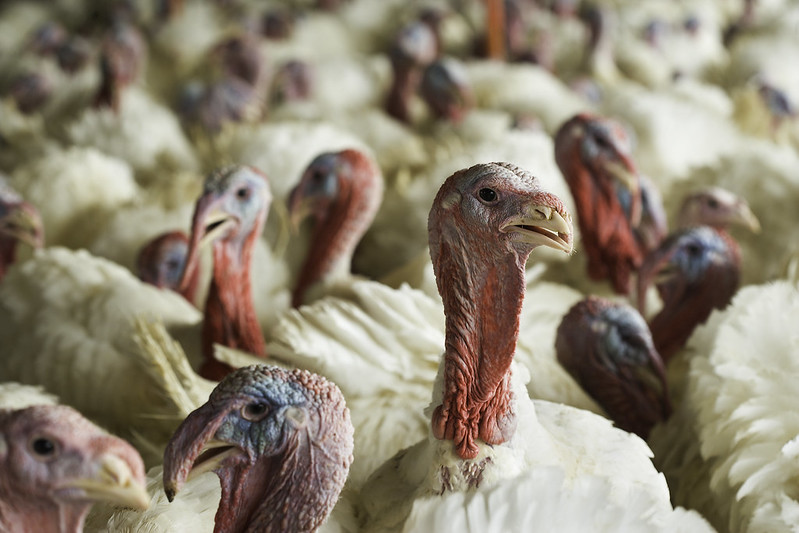Research roundup: Could analyzing emerging strains of Salmonella help prevent future outbreaks?
April 15, 2020

A large U.S. multistate Salmonella outbreak in 2018–19 was linked to eating undercooked turkey. This was surprising, considering that the specific Salmonella type, known as Reading, is not a very common cause of human illness. Until now, scientists haven’t had a thorough understanding of exactly why this outbreak occurred. Timothy J. Johnson, PhD, a professor in the Department of Veterinary and Biomedical Sciences at the University of Minnesota College of Veterinary Medicine (CVM) and director of research and development at the Mid-Central Research and Outreach Center in Willmar, Minn., collaborated on a recent study with researchers in the CVM, as well as the Minnesota Department of Health, Centers for Disease Control and Prevention, and the Public Health Agency of Canada. The team analyzed the DNA sequences of nearly 1,000 current and historical strains of Salmonella Reading taken from humans, meat, and live food animal samples. The team used the data to understand how the historical strains of the bacteria have mutated over time as well as to identify novel strains of Salmonella Reading, including one new strain whose emergence coincides with the recent outbreak. The scientists determined that it’s these new strains that are showing up in turkey flocks with greater frequency. In an increasingly diverse food system, it’s difficult for public health officials to trace the origins of foodborne pathogens. This new information will make it easier to identify the underlying sources of Salmonella and lays a framework for proactively studying Salmonella and preventing future outbreaks.
Read more in the March/April issue of mSphere.


